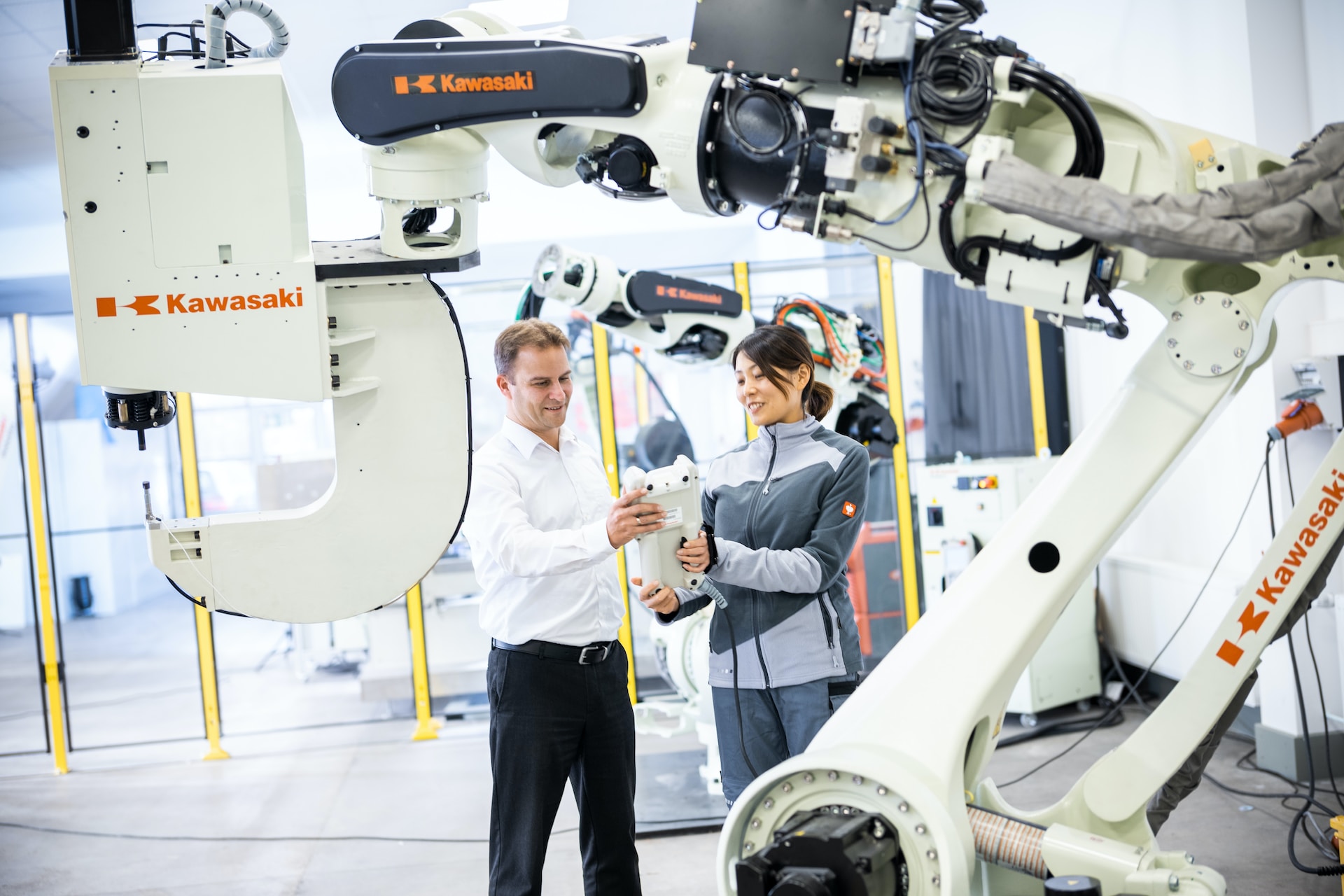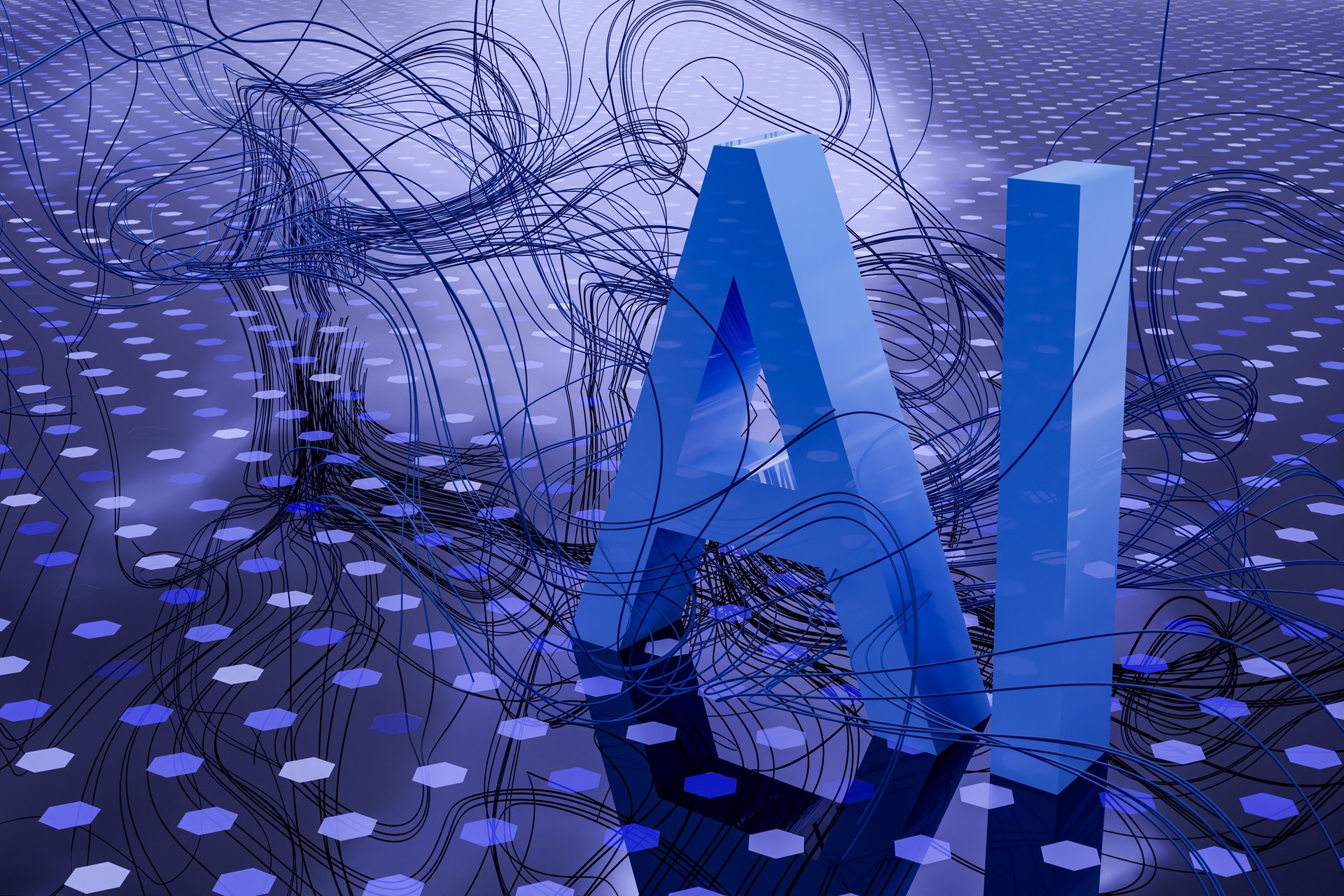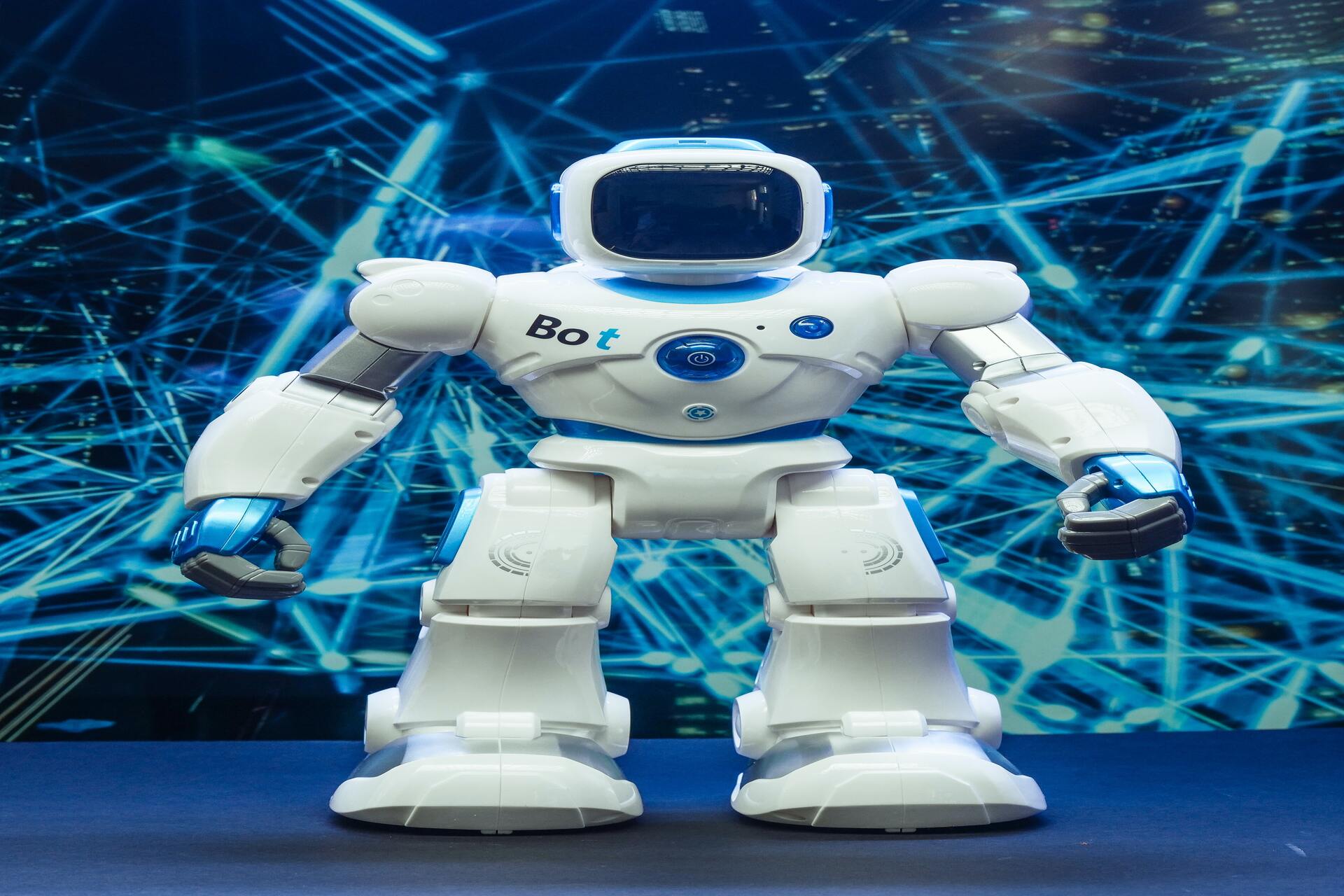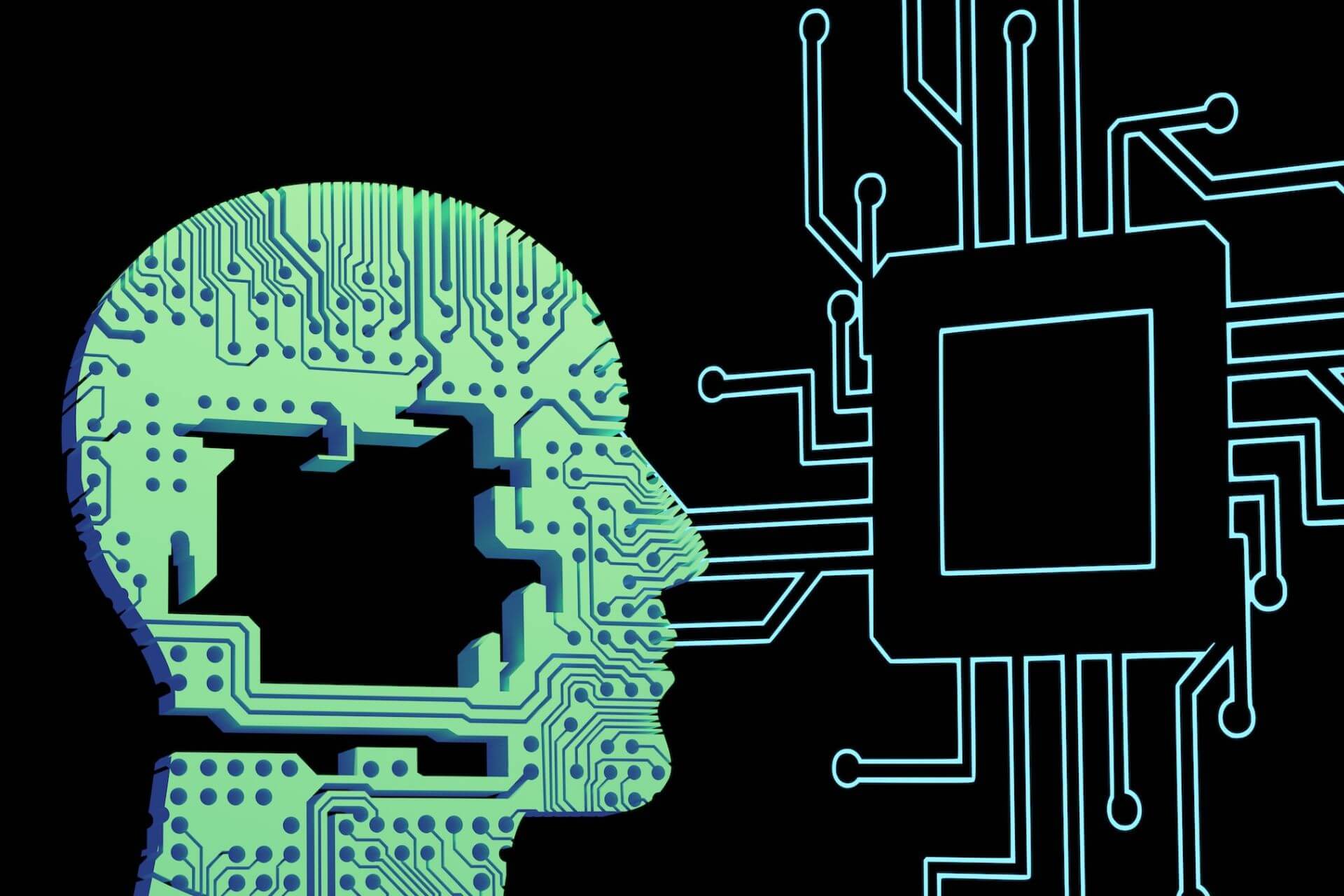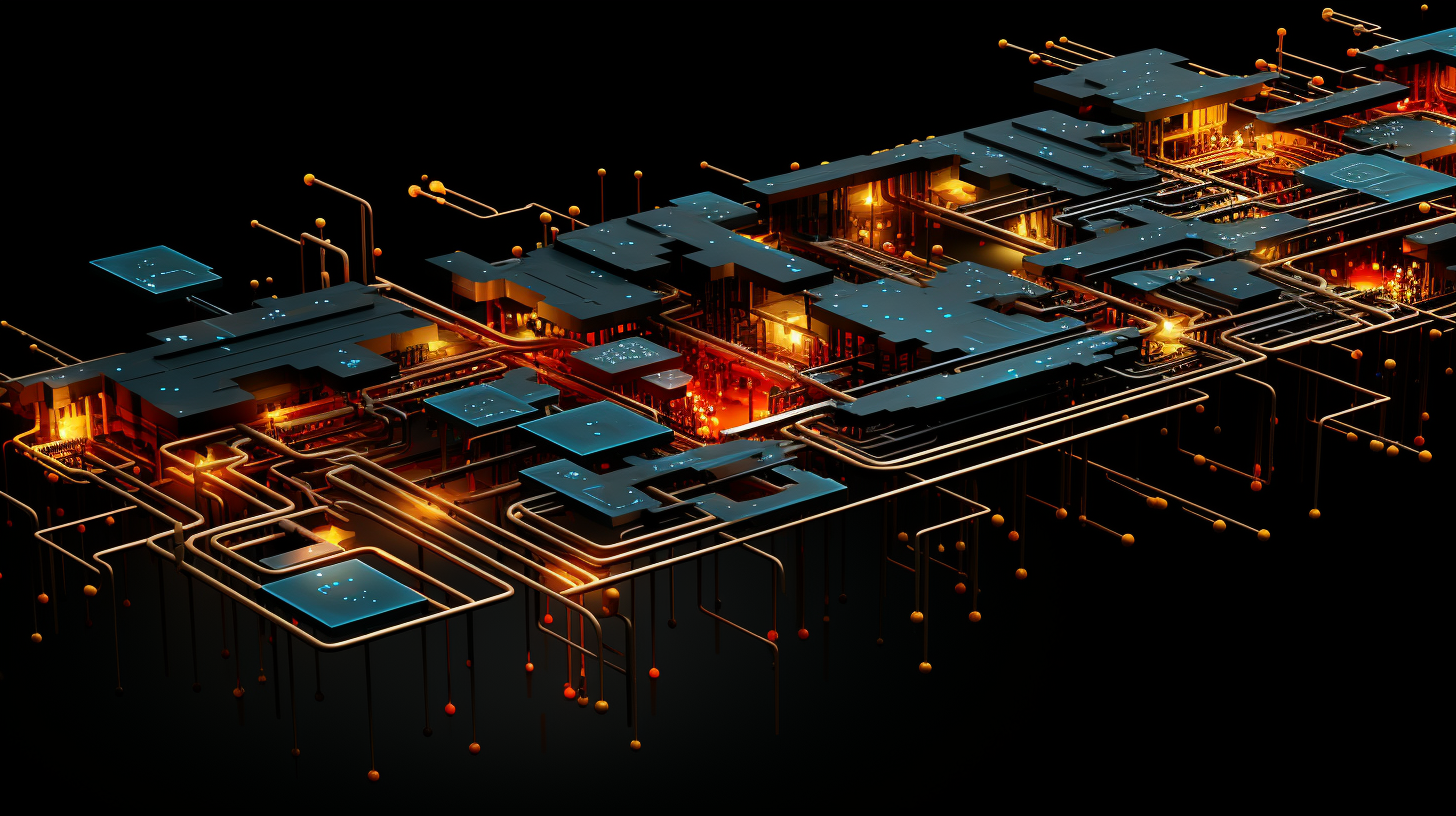
The Incredible Benefits of Artificial Intelligence
July 7, 2022 - Ellie Gabel
Revolutionized is reader-supported. When you buy through links on our site, we may earn an affiliate commision. Learn more here.
Around the world, the adoption of artificial intelligence (or AI) is picking up pace. The benefits of AI, as a result, could soon transform industries.
In 2017, according to data from Deloitte, just 17% of business leaders were familiar with AI and its potential applications. Just three years later, in 2020, PwC found that 86% of organizations considered AI to be mainstream — and that many companies were accelerating their AI investments.
Over the next few years, artificial intelligence may become a commonplace tool in businesses of all kinds, filling a variety of different roles.
The benefits of AI can vary significantly depending on how the technology is applied. In some cases, AI can make existing processes better — faster, less error-prone and more efficient. In other cases, it can open up entirely new possibilities.
Improving Analysis
Organizations of all kinds have access to more data than ever, thanks to new data sources — like real-time IoT sensors. Managing this data can be a real challenge, however. Often, businesses find that they have more data than can be analyzed with conventional approaches to data analysis.
Artificial intelligence is one solution to this problem.
An AI-powered system can analyze data from hundreds of sources to uncover subtle patterns and relationships in data. AI algorithms with sufficient training can also effectively analyze individual documents or images for certain patterns that a human analyst may not be able to spot. In practice, these algorithms can speed up data analysis and reduce the rate of analytic errors.
Using AI to Make More Accurate Diagnoses
One example of AI’s pattern-recognition powers comes from healthcare. In 2019, a team of Google researchers developed an AI algorithm for spotting the signs of cancer in lung CT scans. The team found that the AI wasn’t just effective at accurately diagnosing cancer — sometimes, it was even better than trained radiologists.
CT scans are the gold standard for diagnosing a wide variety of conditions, including lung and breast cancer. However, both false positives and negatives remain a challenge for radiologists and their patients. Technology that would help improve CT scan analysis could massively improve radiologists’ diagnostic accuracy.
The Google team believes that the AI was able to outperform radiologists because it could look at each 2D scan of the lungs simultaneously — effectively allowing the AI to analyze the lungs as a 3D object, rather than many flat images in succession.
The AI could also automatically compare new scans to previous scans associated with a patient, allowing it to more quickly identify changes in a patient’s lungs, like the growth of potentially malignant tissue.
Other research teams have also experimented with similar AI algorithms for detecting other conditions, which have also performed slightly better than doctors when it comes to diagnostic accuracy.
It’s also possible for providers to use AI directly when collecting medical data for diagnosis. For example, new AI algorithms can improve the CT scan process, allowing providers to make higher-quality scans with a lower dose of radiation.
During both the scan and post-processing, an AI algorithm trained on a large archive of existing CT scan data can significantly reduce noise in new CT scans, providing radiologists with a much clearer picture of their patient’s health.
Automating Work With the Benefits of Artificial Intelligence
Businesses are always under pressure to make operations faster, more efficient and less prone to error. Hiring additional staff is a good way to speed up many important tasks, but this isn’t always an option. Instead, new technology may be necessary to improve the pace of daily operations.
Often, businesses use technology like robotic process automation (RPA) for automating administrative work. RPA uses digital robots that follow preset rules and algorithms to perform particularly repetitive tasks automatically. These digital solutions may be combined with physical solutions, like robots, to automate tasks in warehouses and manufacturing facilities.
However, RPA struggles with edge cases and tasks that are too complex to be handled by a simple rule-based bot.
Artificial intelligence can be a powerful tool for extending the capabilities of simpler automation tools, like RPA. With intelligent automation (or IA), for example, businesses can deploy bots that are more capable of processing data, handling complex tasks and learning from previous work.
These intelligent bots can also help businesses integrate technology like OCR, a tool for converting scanned documents or photos into text, into their process automation.
Real-World Use-Cases of Intelligent Automation
Most important customer service tasks can be difficult to automate with conventional RPA. While a simple chatbot, for example, can direct customers to relevant resources or customer service phone numbers, the bot probably can’t directly solve any problems the customer may have with a purchase.
IA enables customer service teams to combine RPA with natural language processing (NLP), a technology that allows chatbots to understand questions written in plain language, then respond dynamically.
A chatbot with NLP can more intelligently respond to questions that customers may have and gather information about their concerns.
The chatbot can pass on this information to customer service representatives as they become available, giving them a head-start on solving the customer’s problem. Some advanced chatbots may even be able to solve basic problems that customers may have, like processing returns or simple troubleshooting.
Similar bots can be used across industries to help businesses analyze written documents and provide support to clients. For example, a healthcare provider may use OCR and NLP to digitize then analyze a large volume of patient records. With NLP, it may be possible to extract the most important information from these records, then convert this information into a format that providers and patients can read easily.
Another business may use NLP-powered chatbots to provide search support for a library of technical resources or a particularly extensive help database.
Predicting the Future
In the same way that AI’s powerful analytical abilities can help businesses understand the present, AI can also use current data points to predict the future. AI-driven forecasting is becoming increasingly common in a range of industries — especially those that have struggled with adapting to chaotic market conditions, like manufacturing, logistics and retail.
In these industries, the benefits of AI algorithms trained on information like past sales data, consumer sentiment and port congestion can help businesses more accurately predict future market conditions.
Examples of AI Forecasting
One of the most popular use-cases of AI forecasting is in supply chain management. With the right AI solution, businesses can more effectively predict consumer demand, allowing them to know exactly how much product and raw material to source — potentially preventing overstocking and understocking.
Reducing overstocking can help businesses minimize warehouse and storage costs, while reducing understocking can ensure that the business doesn’t miss out on potential sales when products are unavailable.
In practice, the benefits of artificial intelligence for forecasting can reduce supply chain errors by between 20 and 50 percent, helping businesses get the most out of their logistics operations at a time when supply chain uncertainty has become the norm. Other applications of technology in the supply chain may include predicting port congestion, estimating delivery times and planning warehouse storage use based on consumer demand patterns.
Similar forecasting technology can be used for a wide range of purposes outside of the manufacturing, retail and logistics industries. For example, researchers have already used AI algorithms for predicting health outcomes, forecasting traffic patterns or even generating weather forecasts that are highly accurate.
These advanced forecasting technologies may help researchers better predict future states of extremely complex systems, a task that may be difficult or impossible with more conventional means of analysis.
How the Benefits of Artificial Intelligence May Transform Industries
Artificial intelligence offers a wide variety of potential benefits for adoptees.
Most companies that use AI will see one of three major advantages — better analysis, automated work or improved forecasts. These benefits can help to speed up work, reduce errors and make it easier for organizations to adapt to changing conditions or plan for the future.
The benefits of artificial intelligence can both extend the capabilities of existing technology — like CT scans and RPA — or enable entirely new problem-solving strategies.
Revolutionized is reader-supported. When you buy through links on our site, we may earn an affiliate commision. Learn more here.
Author
Ellie Gabel
Ellie Gabel is a science writer specializing in astronomy and environmental science and is the Associate Editor of Revolutionized. Ellie's love of science stems from reading Richard Dawkins books and her favorite science magazines as a child, where she fell in love with the experiments included in each edition.
